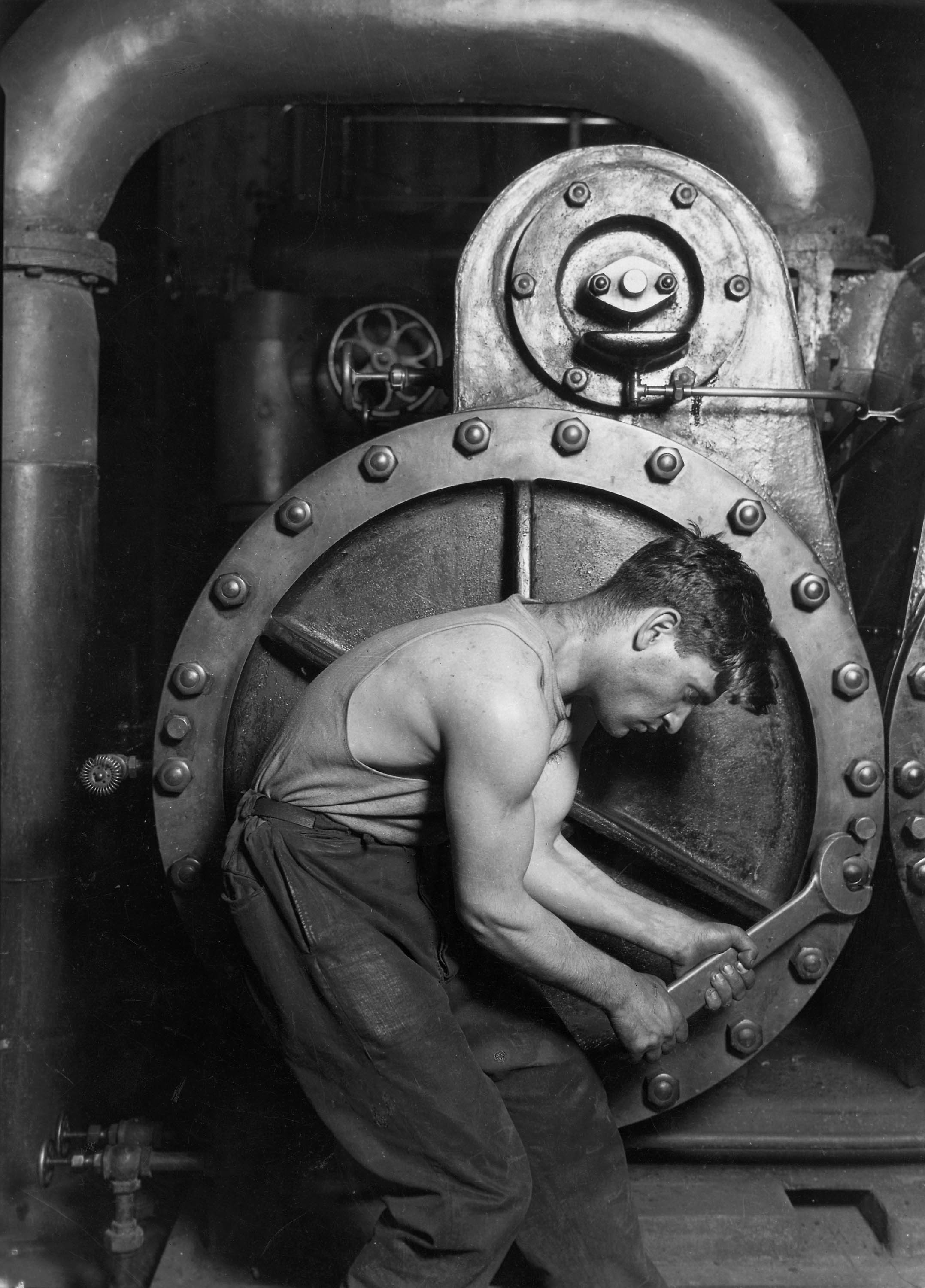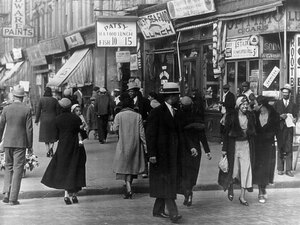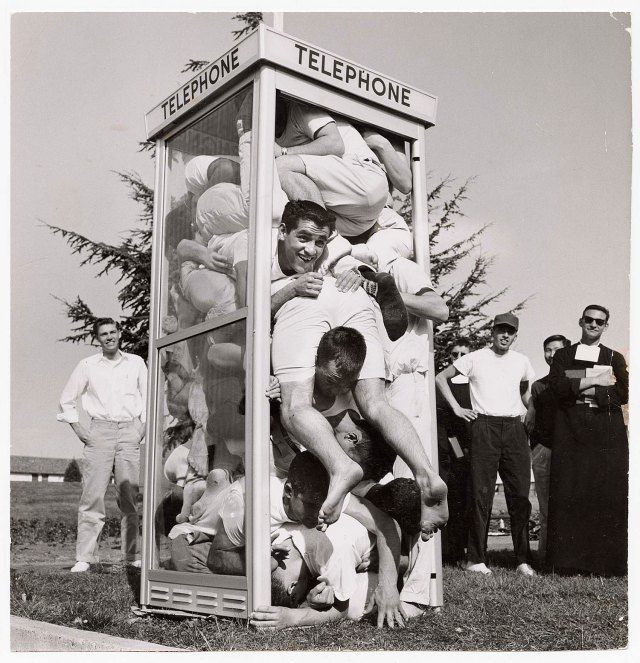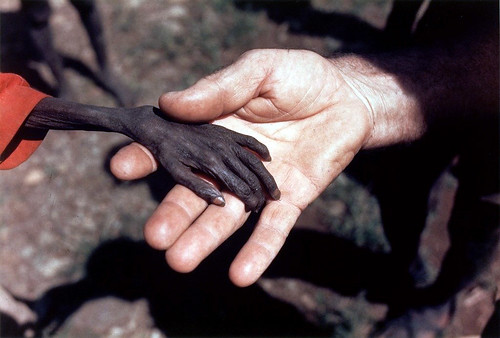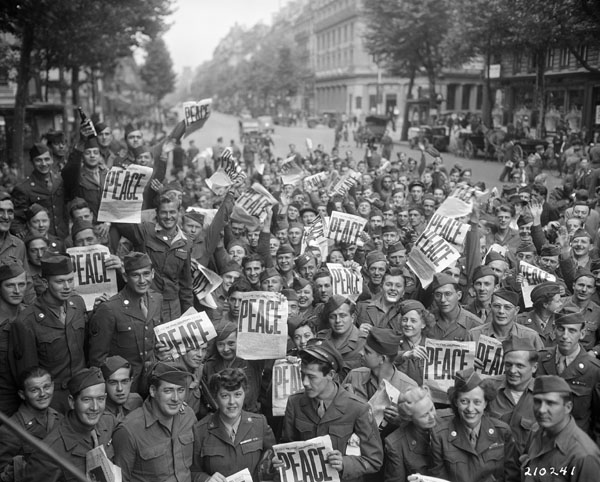The first and most basic lesson is how to take better photos. I have little experience in photography, so the simple act of snapping pictures is an expanding field of knowledge for me. To obtain a quality photo, I discovered some tricks. First, a good photo is one of many. I can’t hope to get the one, two, or few that I will actually use from a small selection. I ended up shooting Greg three times and averaging around 60 pictures per shoot. From that collection, only 40 made it into my final essay. The next trick is to pay attention to lighting and background. I didn’t do this as well as I would have liked. For this project, I couldn’t choose the venue (as is often the case in journalism), but looking at my collection of photos, I could have chosen better perspectives so that the natural light from the windows illuminated Greg and his craft instead of the background of the photos, darkening the subject I wanted to highlight. I also could have taken different perspectives to add interest to the background of the shots instead of settling for closet doors, clocks, and boring beige walls. Another photography tip is to alert the subject as to what I am trying to do. For candid shots, this doesn’t always work, but I found with Greg that if he knew what I was trying to capture, he would gladly readjust his chair or slow down his shoe shining motion to allow me a better shot. Good photographers don’t settle for mediocre positioning of the subject and background if they can improve it. The last photography gem I gleaned is to aim for variety. Especially in the context of composition, I needed shots from close and far, of Greg and of shoes, with blurred backgrounds and with sharp settings, of seemingly unimportant details like discarded shoelaces and of obviously significant tools such as the box of shoe shining materials Greg owns. The variety made the piece far more curious for the wandering eye.
Along with capturing photos, my second lesson taught me to work within limitations. My tools and time for this project were rather minimal—an iPhone 4 camera, very basic photo editing software, a computer to type interview notes, and three sittings with Greg on Saturday mornings. The iPhone camera struggled to avoid blurriness when Greg was shining. Some of the photos ended up grainy after using a Paintbrush-type program to make collages. I wished a couple of times that I had been able to sit with Greg for a little more time. Despite these challenges, I am proud of the product and process. I told the story fairly thoroughly. I photographed Greg and his surroundings in enough ways to be engaging. I utilized the time I had to spend with Greg well enough to basically use his words to tell the story. The limitations were healthy hurdles that did not inhibit the creative process or the outcome.
My third lesson aligns closely with learning about limitations—I needed to be adaptable in the Unfamiliar Genre Project. To begin, this project presented something entirely new to the instructor and the student, so Sr. Hilda and I learned as we progressed. I found the research to be encouraging, but the materials were scarcer than I would have liked. Our library had a tiny photography section, so I relied almost entirely on photo essays from the Internet. The need for adaptability arose particularly as the project neared completion. I started to assemble the photos and print the research materials for a binder as the assignment dictated, but I found the sheer number of pages to be printed and lower quality of the hard-copy photos made the compilation less attractive. So I turned to one of my favorite recent hobbies—blogging. Putting the project online meant I could post all the photos I found, link to sample photo essays, and work in a medium I enjoy managing.
Adaptability also shined as I fiddled with how to present the photo essay. I wanted an approach more dynamic than a standard picture-caption arrangement. In looking at the notes I had from the interviews with Greg, I knew I had more than enough good quotes and anecdotes than I would need for traditional captions. Rather than waste this resource, I embraced it. I wanted to let the subject speak, so rather than supplement my writing with Greg’s quotes, I turned almost exclusively to his telling of the story to compose the captions. For the most part, I directly quoted him with some paraphrasing or stating the question to allow the quotations some context. I like the result. It’s patterned off the Humans of New York blog, which tells a brief story about each person photographed, whether there are two words or an entire paragraph. Had I not been open to adaptability in this circumstance, I could have ended up with a dissatisfying hard copy notebook of poor-quality black-and-white photos in a traditional setting that didn’t fully tell Greg’s story. I’m thankful that the sample photo essays opened my perspective to new ideas.
The final lesson came about as I worked to synthesize my semester of immersion in the photo essay. Journalism to me is most often a work of synthesis because the journalist takes notes, records quotes, snaps photos, and gathers information that cannot all be used in the published piece. My best work as a journalist developed with projects where I had an abundance of material. While it can be difficult to cut information down, the task of reporting requires a discerning editorial eye to determine what the reader needs to know. The inverted pyramid distinguishes further among the content that is published, which is itself a relatively small percentage of the overall material gathered (at least in a well-reported piece). I had copious photos and information from my time with Greg, but from the collection, I chose the photos I thought told the story best and the quotations and stories that illuminated his trade. The presentation of the work also required looking at the sample photo essays and my own vision for the project in discernment of what would be truest to the narrative. Similar acts of synthesis are vital in many other life circumstances such as deciding what is necessary to say in conversation, how to communicate most effectively in email, and certainly in planning what to say and how to say it when teaching or preaching. The trick in journalism is to say enough without saying too much, to allow the reader to reach conclusions without handing them your perspective, to use an economy of words or photographs to describe a broader account. Synthesizing is a practical journalism skill but also a competency valuable in numerous situations.
On this journey, four skills emerged: Taking quality photos, working with limitations, adaptability, and synthesizing. I enjoyed the process, especially as I put my own photos on the computer screen with a more discriminating eye as to what was worthy of being included in a photo essay. Each sample essay gave me an idea that framed the end work, and elements of a few of the sample essays (especially Humans of New York) echo in my opus.
I am thankful for the Unfamiliar Genre Project, but I am also thankful that it is complete. A venture like this stretches the imagination and the intellect, and the endpoint keeps me striving as the to-do list seems to grow instead of shrink. The hesitations I held at the project's inception gradually washed away. The photo essay is an area of relative comfort now. I wrote on the blog, and it is appropriate to restate my hope that the content is thoughtful and the resulting dialogue fruitful.





